Jujutsu Kaisen is an action-packed supernatural anime featuring some insanely powerful characters. The series aired from October 2020 to March 2021, with only one season so far. These tough ladies are often over-the-top and way too overpowered than most other characters in the series. We’ve taken a look at 10 of the show’s
Strongest Jujutsu Kaisen Characters in this list below.
What does Jujutsu Kaisen involve?
Yuji Itadori is a high school student in Sendai who is unnaturally fit for his age. After his grandfather’s death, Yuji takes these two messages to heart and embarks on a journey that will teach him more about life and himself.
A group of friends with the Occult Research Club released a finger talisman. They didn’t realize that, when Yuji ate it, he would become host to the curse spirit Ryomen Sukuna, who constantly drained their life force away.
When gojo Satoru notices the situation, Sukuna takes control of Yuji’s body and fights Gojo. However, because he was weakened, Yuji loses the fight. Gojo decides to take Yuji to the Tokyo Prefectural Jujutsu High School where he proposes a plan and is then met with hostility from his superiors who want to kill him.
Yuji’s death sentence has been postponed. Until he consumes all of Sukuna’s fingers, he can live. This way, they’ll be able to take care of Sukuna for good.
Jujutsu Kaisen has become popular since it premiered in 2018. This eerie and dark fantasy story is a fantastic blend of horror and suspense that left people clamoring for more. According to Oricon, the series sold over 20 million copies as of January 13, 2021, bringing an era of Shonen anime.
This is a list of the Top 10 Strongest Jujutsu Kaisen Characters.
The show featured protagonists who were each just as scary to watch. There was no further delay, so let’s check out the list of some of the Strongest Jujutsu Kaisen Characters.
10. Megumi Fushiguro
Megumi is the protagonist of the series. He is one of the most powerful sorcerers in the entire series, and he enters Jujutsu High School as a Grade 2 sorcerer.
Megumi is a tall, dark-haired boy with green eyes. He believes that the world is unfair and thinks sorcerers are a tool for saving lives of kind people.
When using the Ten Shadows Technique, Megumi has learned to use shadows in order to make shikigami—creatures who have about a natural shadow as part of their body. He is a powerful martial artist. Even in hand-to-hand fights, he can be deadly with his mastery of the Ten Shadows. Make him thee first one to appear in Strongest Jujutsu Kaisen Characters.
The main reason he’s on our list is because of his transformation. These are the moments that ignite the true potential in someone: when they release the mental shackles and transform into one of the strongest Jujutsu Kaisen characters.
9. Toge Inumaki
Jujutsu Kaisen is a series of Japanese Manga books, led by Toge Inumaki. Among Strongest Jujutsu Kaisen Characters, Toge is the protagonist in this book and he is separated from his friends; Maki, Yuta, and Panda. Toge is a slim, young man with light skin, brown eyes, and mid-length brown hair.
He is a cheerful, gentle, and intelligent teenage boy. As a member of the Inumaki family, he is a respected Hogwarts student-to-be. Toge is a strong and respected Jujutsu student. His curse skill uses sound, he’s quick and intelligent, craftily using the technique in various ways.
Toge is a descendant of the Inumaki family. What separates him from other ninjas is his ability to use cursed energy, which causes whoever he says the curse words in front of to follow his orders without question.
As members of Team Hanami would fight against one another, Ryuho would use his curse technique repeatedly. However, this required a lot of stamina because it took a lot out of him. This shows his excellent endurance and relentless stamina.
8. Yuji Itadori
As the main character of the show, Yuji was endowed with superhuman physical powers that granted him unprecedented strength, speed, stamina, and reflexes. He also used them to become more powerful than many level 1 sorcerers in the anime, also in Strongest Jujutsu Kaisen Characters.
His fighting style begins with acrobatic movement. From his various fighting styles, he also has excellent attacking and defensive skills. He’s also immune to poisons that would otherwise be fatal, which is why he was able to eat Sukunahiki’s finger and lived to regret it afterwards.
He has taken to fighting with amazing speed and quickness. It took him no time at all before he was able to learn an incredible attack called Black Flash and utilising it in the fight against Hanami. This punch is stronger than any other, and can damage those indestructible special-grade curses.
Despite the strength and potential that he possesses, Yuji still lies low on this list. This is because he lacks the knowledge of how to utilize his skills to their fullest extent.
7. Aoi Todo
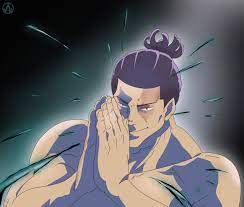
Aoi Todo, a third-year Kyoto Jujutsu High School student who is incredibly strong and powerful, was born into a non-sorcerer family. He has been practicing martial arts since he was young, which has helped him reach the grade 1 sorceror rank.
Each character has their own unique fighting style, and a few – like Todo – even use brute force and fierce martial arts skills instead of jujutsu. They enjoy showing off their muscles and the thrills of fighting.
He also has high jujutsu knowledge and experience, making him a force to be reckoned with. This enabled him to easily defeat multiple grade 1 evil spirits with ease. In addition, he quickly analyzes and predicts his opponent’s moves, using his tactical intelligence.
His most powerful technique is called Boogie Woogie, a potent spell that helps to change the positions of anything in full cursed energy with near-silence. He relies on this technique primarily against special-grade cursed spirits.
Todo is one of the most important and Strongest Jujutsu Kaisen Characters. He has a significant feats and skills for a fighter in the series, making him exceptionally strong and unique.
6. Jogo
Jogo, from the series Jigoku Shoujo, is the most powerful and most dangerous villain of sorts. He has black teeth in one mouth and a single eye in the centre of his face. The part of his head below his eye-patch looks like a volcano. He also has really strong cursed power that matches eight to nine fingers for Sukuna’s.
His speed and toughness allow him to dodge incoming attacks and dish out precise curses using fire and lava.
He has an incredible skill called “Maximum Meteor”. This creates a gigantic sphere of fire. He also has the ability to control his domain so no one can enter it or leave it—all those who try will be burned instantly.
5. Kento Nanami – Strongest Jujutsu Kaisen Side Characters
Kento Nanami is a member of the Jujutsu Kaisen cast. He was a former student of Tokyo Jujutsu High School and always wears business suits with matching shoes. He is also quite tall and has blonde hair.
He has a calm nature and takes his time to calm his emotions before speaking. Sometimes, however, even he can’t hide them on his face, but overall he is consistently kind, courteous, and gentle.
Nanami has excellent control of his Cursed Energy and can apply it to nearly anything. His two binding vows, Overtime and Revealing One’s Hand, give him access to extra power. This enables him to cover his entire body in cursed energy.
Nanami, one of Natsume’s main characters, is a canine who specializes in battle skills. With her uncanny strength and speed, she’s as unpredictable as an unknown spirit creature. She is best known for using a blunt sword in battle.
Nanami is an exceptionally talented individual with a natural ability to cut through anything in order to see the truth. Cursed individuals also take caution before allowing themselves to be used by others, as they can lose their free will. They also possess high-level combat instincts and deductive reasoning abilities.
4. Mahito
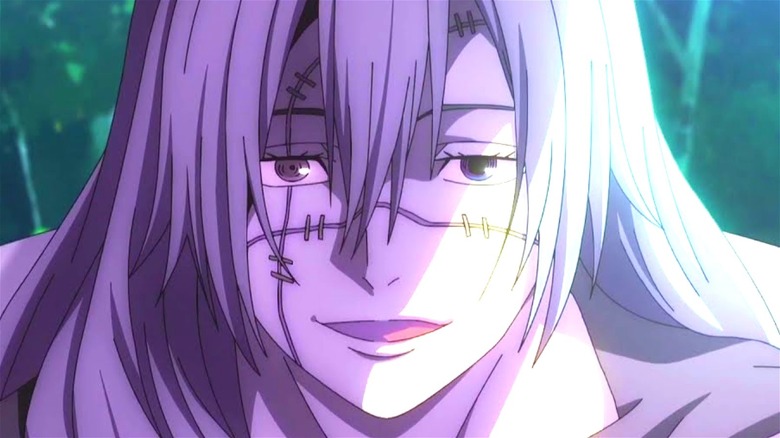
Mahito is one of the main antagonists in the series. He’s a cursed human-looking spirit with patchwork-like eye colors, both dark blue and gray.
Mahito is an adorable, mischievous cursed spirit who enjoys tiring out humans.
His ultimate goal is complete annihilation of humanity. He’s a powerful and agile cursed spirit, with a vicious cursed technique that doesn’t enable him to only deform someone’s body, but also heal wounds and create lethal weapons. Mahito is so difficult to kill because his soul is resistant to damage.
He is incredibly fast, and he has quick reflexes. These things allow him to easily overpower any grade 1 sorceress. During the two-on-one battle between Yuji and Nanami, his domain expansion ability would have allowed him to defeat them. If Sukuna hadn’t intervened in time, his domain expansion ability would have been one of the strongest expansions ever. He also has the power to activate it quickly if necessary.
3. Ryomen Sukuna
Ryomen Sukuna is the main antagonist of the Jujutsu Kaisen series. He is a legendary cursed spirit known as the King of Curses, and he is also self-centered, arrogant, egoistic and evil in nature.
His tremendous strength, speed, and reflexes make it easy for him to defeat many experienced Jujutsu sorcerers.
His knowledge and skills are unmatched in the world of everything related to curse techniques. After only seeing one or two, he can deduce their workings. He also has an extraordinary amount of energy that is similar to Gojo’s but different in that it brings destruction and ruin to the world instead of healing and restoration.
With its own unique abilities, Sukuna can easily regenerate lost limbs and heal others.
Sukuna also has the “Malevolent Shrine,” one of the most powerful domain expansions in the game. That allows him to attack anyone within 200 meters at will.
The ancients had a saying: “One finger is enough to push away the entire sky.” This proverb speaks to the power that Sukuna commands.
2. Hanami – One of the strongest villains in Jujutsu Kaisen
Hanami is a minor antagonist in the Jujutsu Kaisen series. He has an incredibly durable body that’s covered with black lines, and parts of his skull. His head is like a helmet, which doesn’t cover his teeth. He has a large flower on his left shoulder.
He believes in Mahito’s ideal of replacing humans with cursed spirits. His incredible physical strength lets him beat sorcerer who stand in his way in close combat. He has powerful skill “disaster plants” too, which gives him the ability to bring an illusion into reality. He can replace a curse plant with a normal one.
He managed to survive after Gojo’s attack, and he is highly intelligent and has amazing escape skills. He can also avoid danger by hiding his presence.
1. Gojo Satoru – The Strongest Jujutsu Kaisen Characters
The Jujutsu Kaisen character with the most skills is, without a doubt, Gojo Satoru. This special-grade Jujutsu sorcerer and teacher at Tokyo Jujutsu High School is usually funny to his friends and colleagues. However, he’ll show no mercy when it comes to taking care of those who upset him.
He’s incredibly powerful and skilled, in large part because of the amount of cursed energy he possesses. That’s why other sorcerers respect him as their “invincible sorcerer.” He has a wide array of physical abilities, not just super strength and outstanding martial arts skills. He’s so strong that he can easily crush any special-grade cursed spirits without breaking a sweat.
Even though Gojo is rather slow, he is always one step ahead of his opponent. He’s quite intelligent and able to deduce strategies well in advance. As a result, he was able to counter the enemy’s strategy effectively.
His most powerful technique is “Limitless.” That gives him complete control over space by manipulating curse energy. Gojo’s “Infinity” is another great defensive technique. It is capable of stopping anyone from directly touching him, make him become the Strongest Jujutsu Kaisen Characters.
Gojo is without a doubt one of the strongest characters in Jujutsu Kaisen. He can even rank among the strongest characters overall in anime.
If you liked this post, sign up with your e-mail to the right to stay updated on more anime content. And don’t hesitate to comment for us about Top 10 Strongest Jujutsu Kaisen Characters Ranked
And don’t forget to check more interesting blogs dedicated to Jujutsu Kaisen on our website!
Related Blogs: All Main Jujutsu Kaisen Characters Voice Actors – Japanese And English!
That’s me, Andreea Blaga, author of the blog https://anime-everything.com. I work as a content creator in the US. I am also passionate about Japanese Anime.
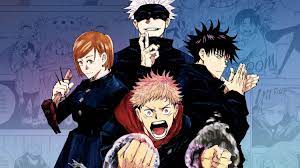
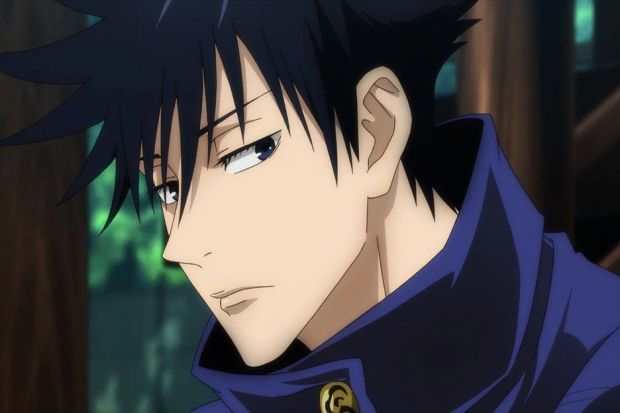
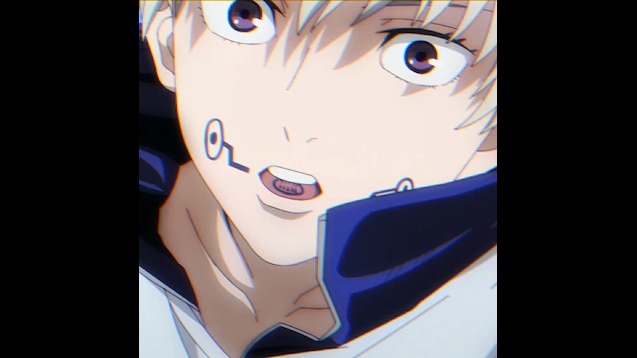
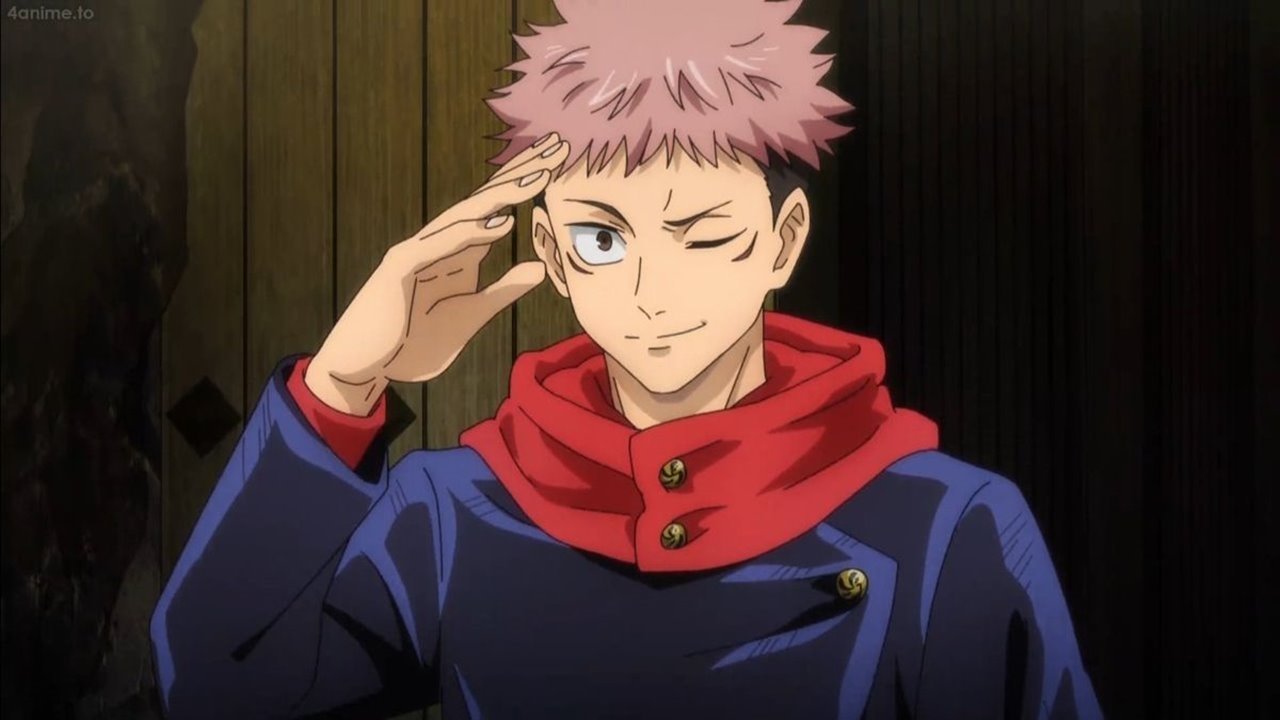

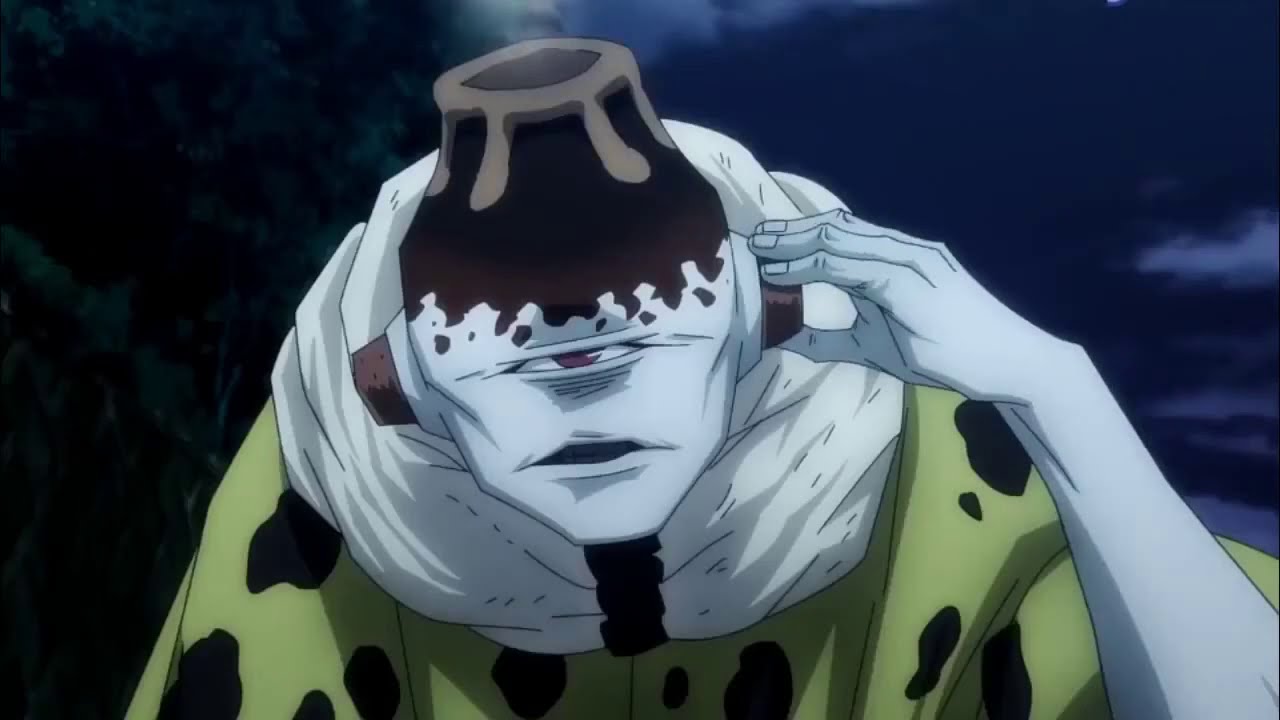
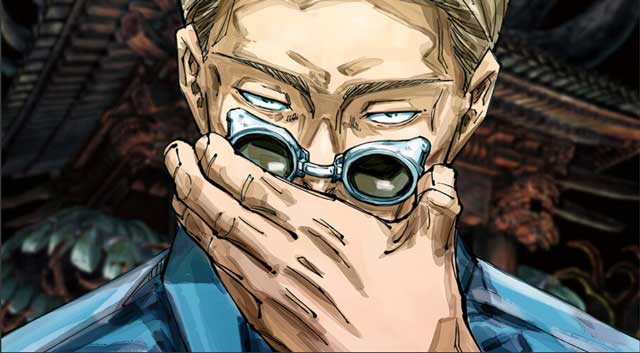

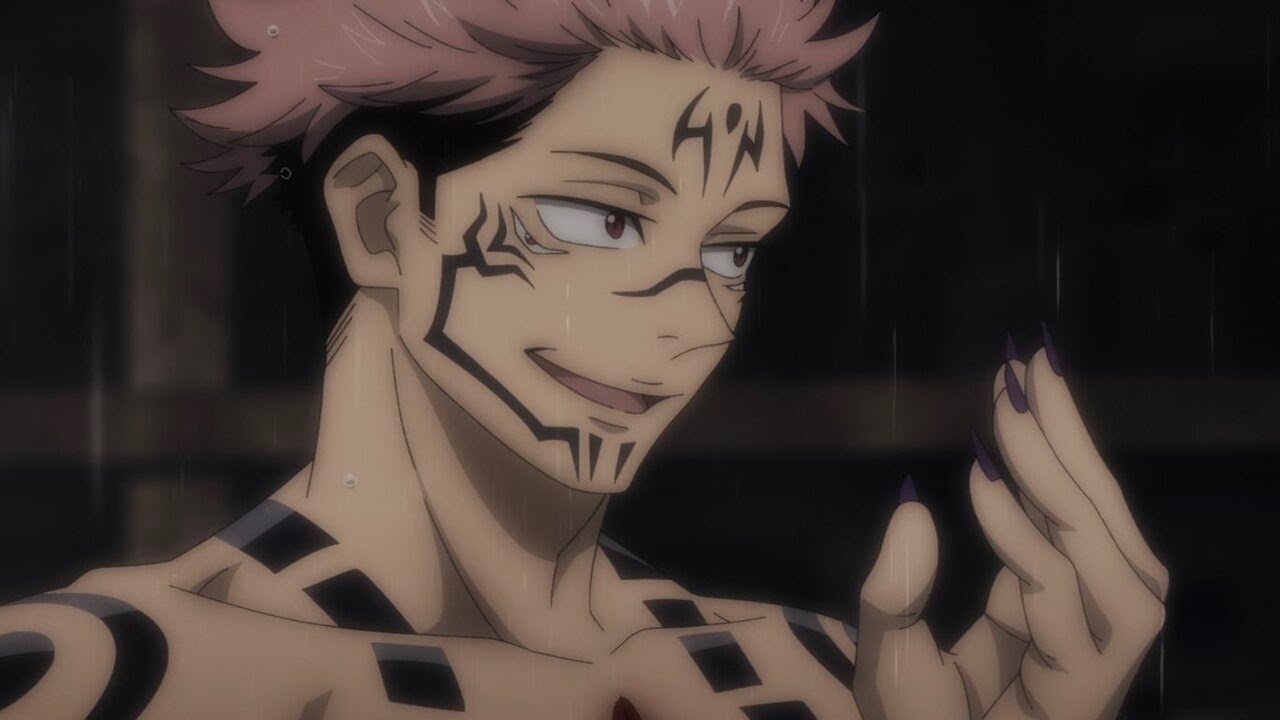

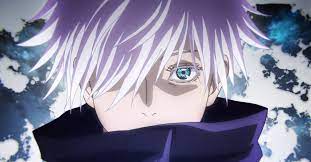


Related post
The Intricate Time-Travel Mechanics in Link Click
The concept of time travel has intrigued humanity for centuries, and few stories explore this...
Jan
The Art of Magic Exploring the Stunning Visuals in Witch Hat Atelier
The Art of Magic: Exploring the Stunning Visuals in Witch Hat Atelier Witch Hat Atelier,...
Jan
The Art Style of Solo Leveling: A Visual Feast for Readers
On this pageWhat does Jujutsu Kaisen involve?10. Megumi Fushiguro9. Toge Inumaki8. Yuji Itadori7. Aoi Todo6....
Oct
Why JJBA is the Most Bizarre Anime Ever Made
When discussing iconic anime series, one title that consistently stands out is “JoJo’s Bizarre Adventure,”...
Oct
The Impact of Wind Breaker on the Sports Anime Genre
The sports anime genre has seen numerous iterations over the years, captivating audiences with its...
Sep
Decoding the Enigmas: Exploring the Hidden Secrets of Gravity Falls
“Gravity Falls,” created by Alex Hirsch, is a beloved animated series that has captivated audiences...
Aug